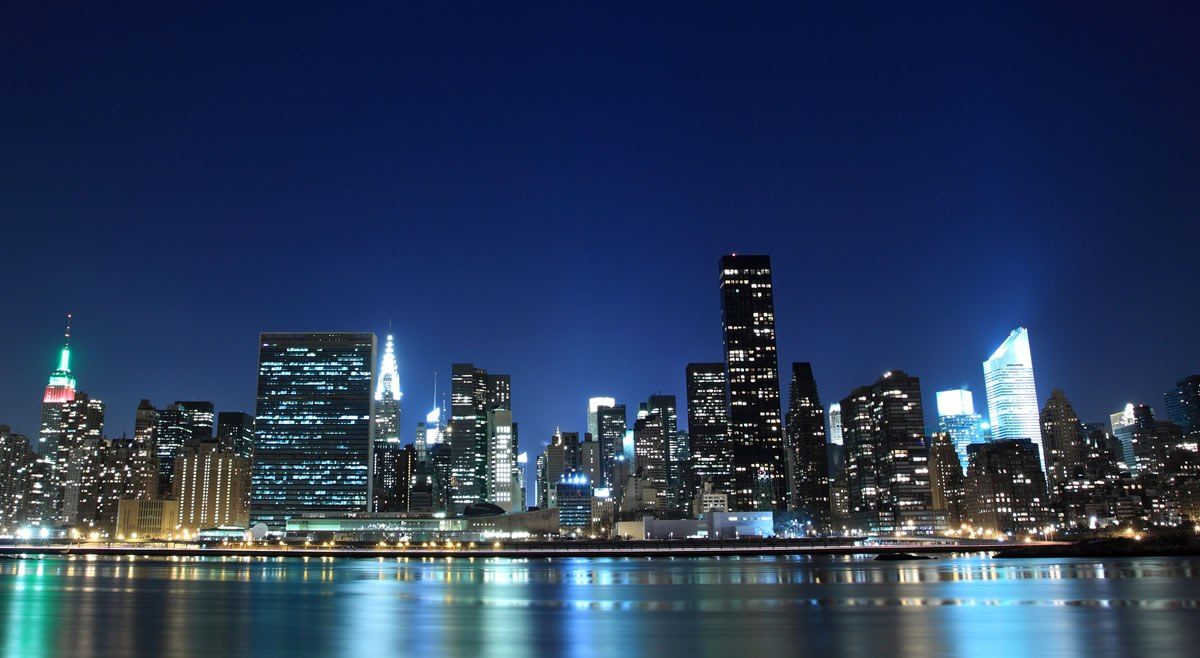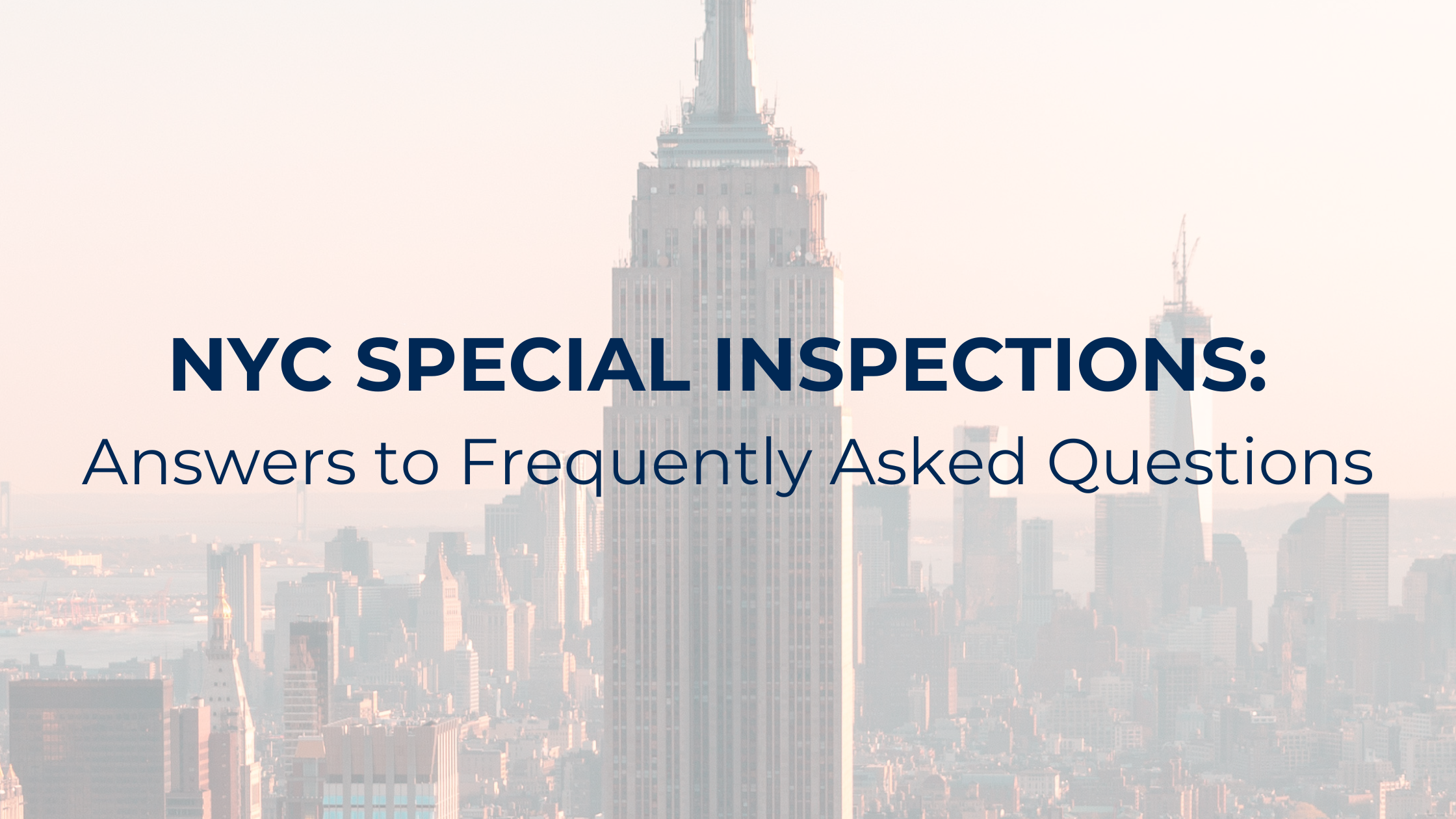By now, most New Yorkers are aware of the current administration’s efforts to reduce the New York City’s carbon footprint by 80% by 2050.
To support this effort, city officials have proposed a bill to limit unused lighting in commercial buildings. If the bill passes, commercial buildings more than 20 stories high will be required to turn off their lights after midnight if the building is unoccupied. Currently, many commercial buildings leave their lights on overnight, even when the rooms are not in use.
The de Blasio administration hopes the new mandate will decrease energy consumption—and energy costs—in 40,000 buildings. Violators would be fined $1,000. A similar law in Paris reduced the city’s energy consumption by 9%.
Exceptions for Season and Skyline
The proposed bill makes exceptions for seasonal lighting displays, such as the winter holiday lights in storefront windows. Other exceptions will be made for buildings that are important to the skyline, since the light from the skyline is an iconic feature of New York City.
Thus, the intention is not to detract from the grandeur of the night skyline or to diminish the holiday spirit, but to curb the unnecessary, constant lighting of interior office spaces. The initial process of deciding which buildings are important could be difficult, however, because there is no objective process for determining a building’s significance. In a city known for its skyline, the New York bill could be a role model for cities worldwide.
A Related State Mandate
The proposed regulation is similar to a recent initiative by New York Gov. Andrew Cuomo, which mandated that all state-owned buildings must turn off unused lights between 11:00 p.m. and dawn in the spring and the fall. Gov. Cuomo’s initiative aims to decrease lights at these times, which are peak migration periods for birds. Migratory birds fly at night and maintain their sense of direction by looking at the stars; light pollution obscures the stars and disorients the birds.
New York City’s version of this initiative was proposed by New York City Councilman Donovan Richards Jr. His main goal, however, is not to protect migratory birds, but to minimize the impacts of climate change. Richards’ district includes areas like Far Rockaway, which is along the coast and especially vulnerable to sea-level rise. He proposed this bill to decrease the city’s carbon footprint, mitigate the effects of climate change, and prevent damage in his district.
For any additional questions or comments on this topic, pleasecontact Milrose Consultants.








